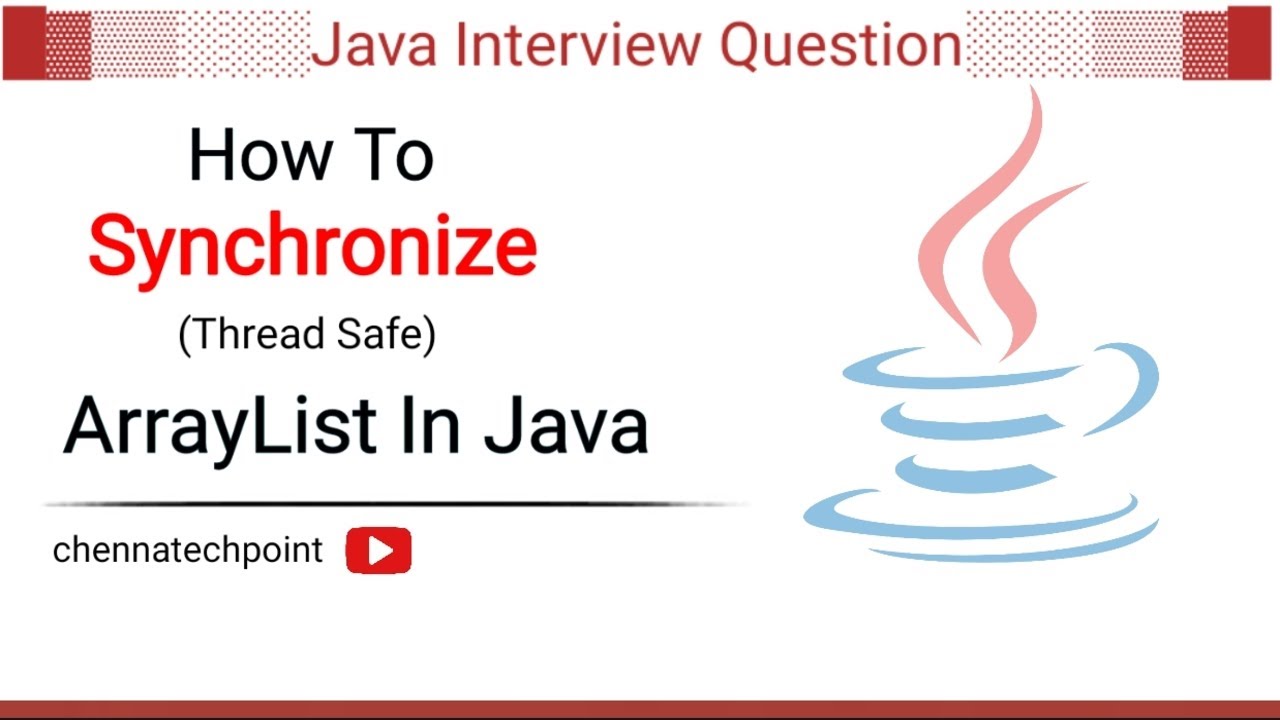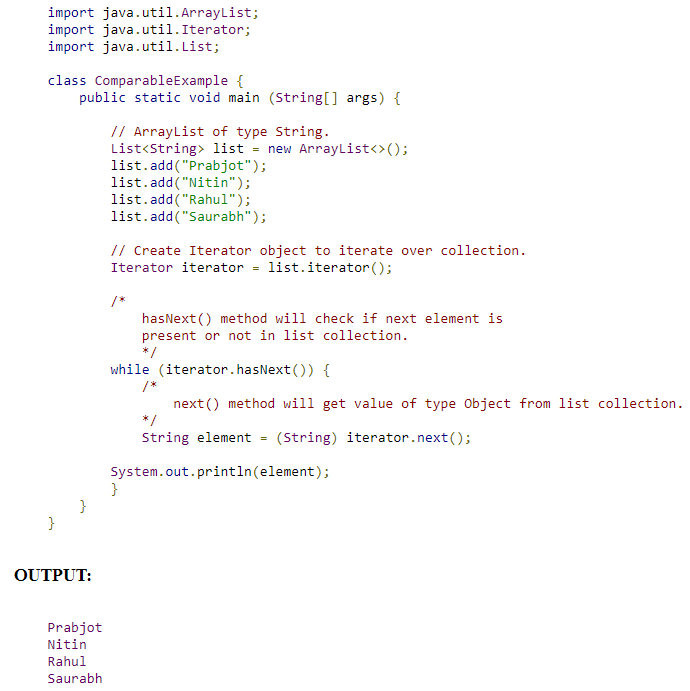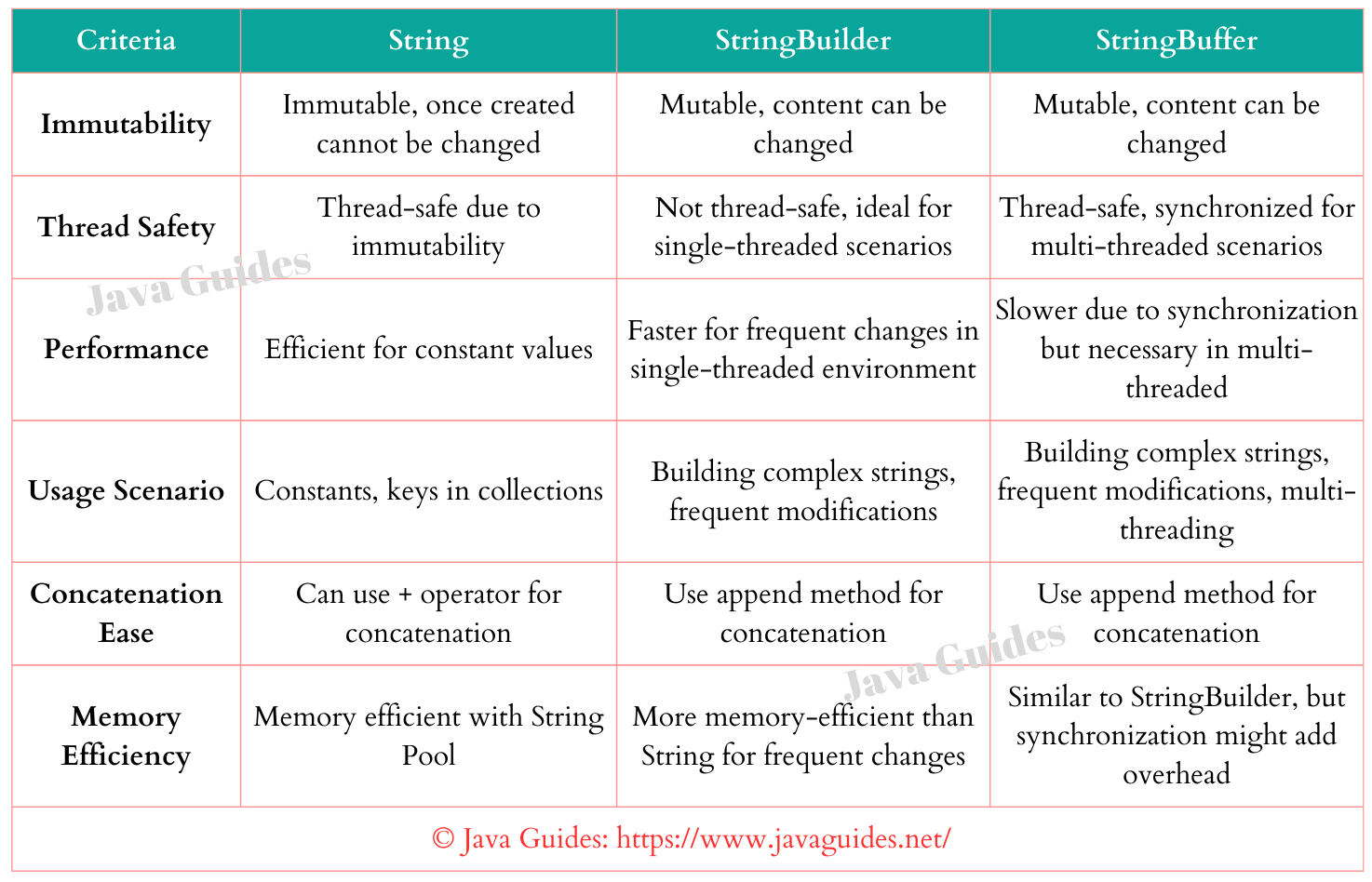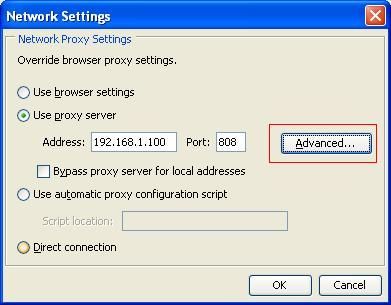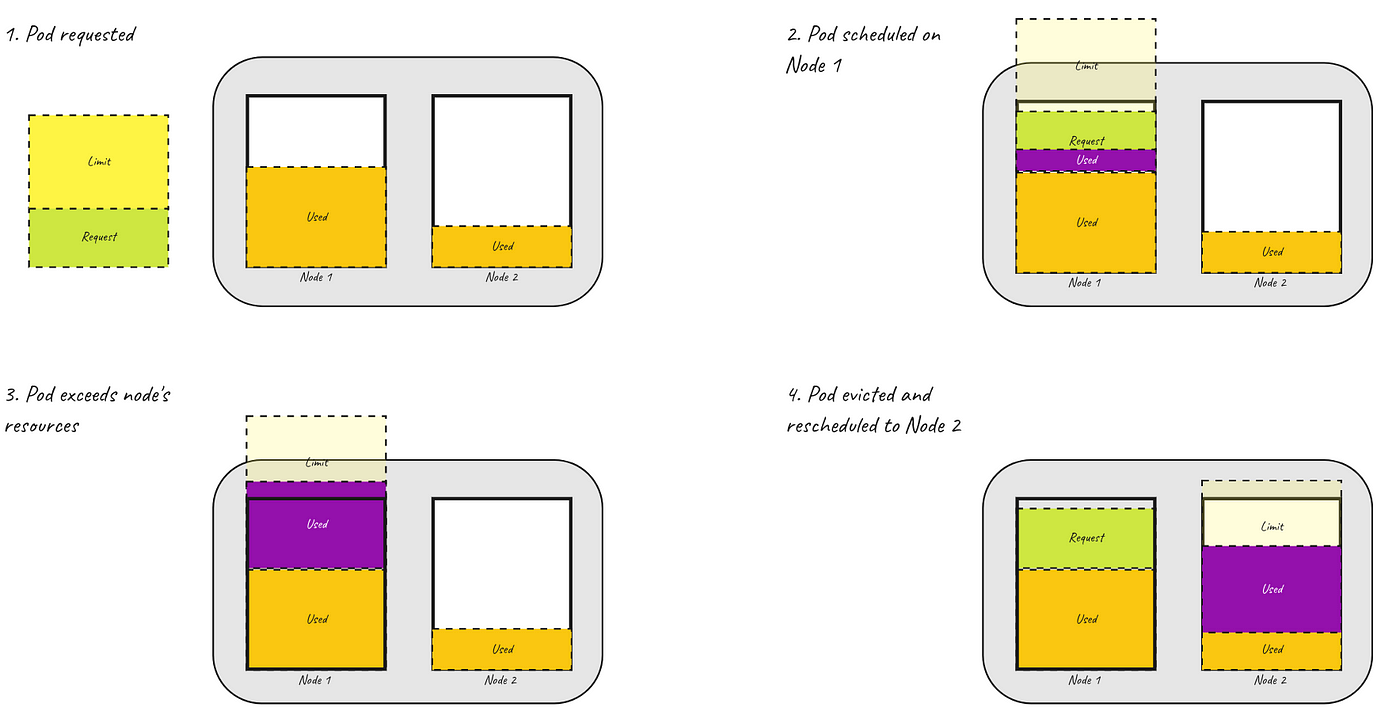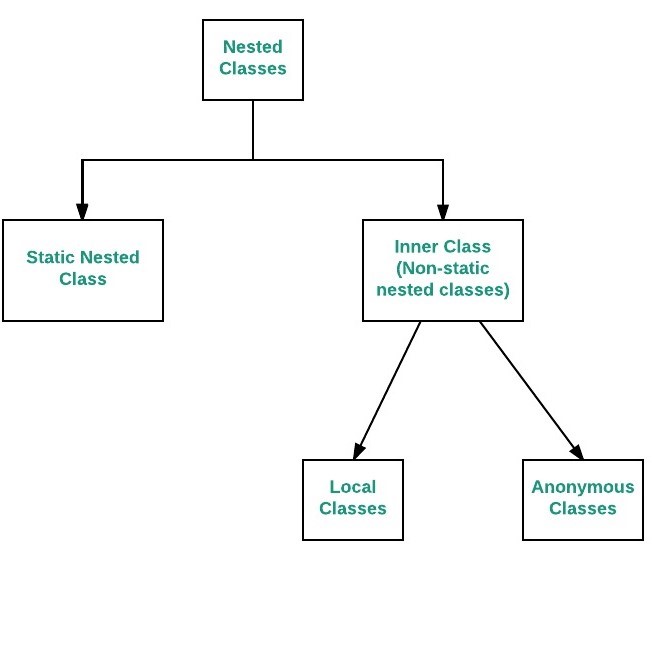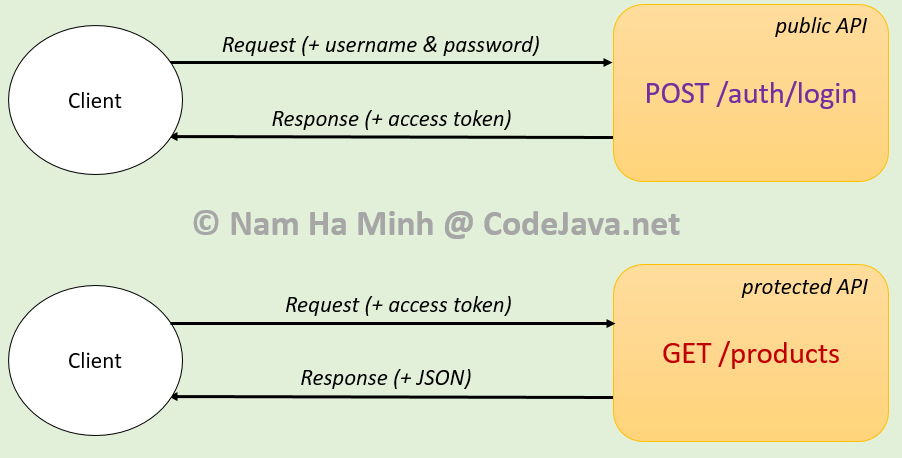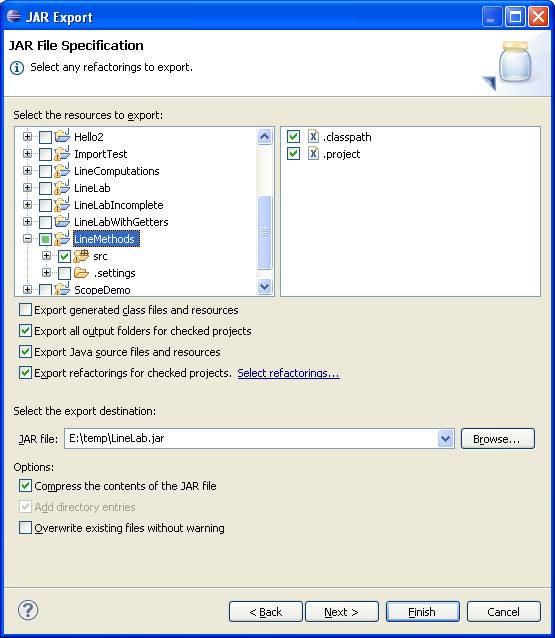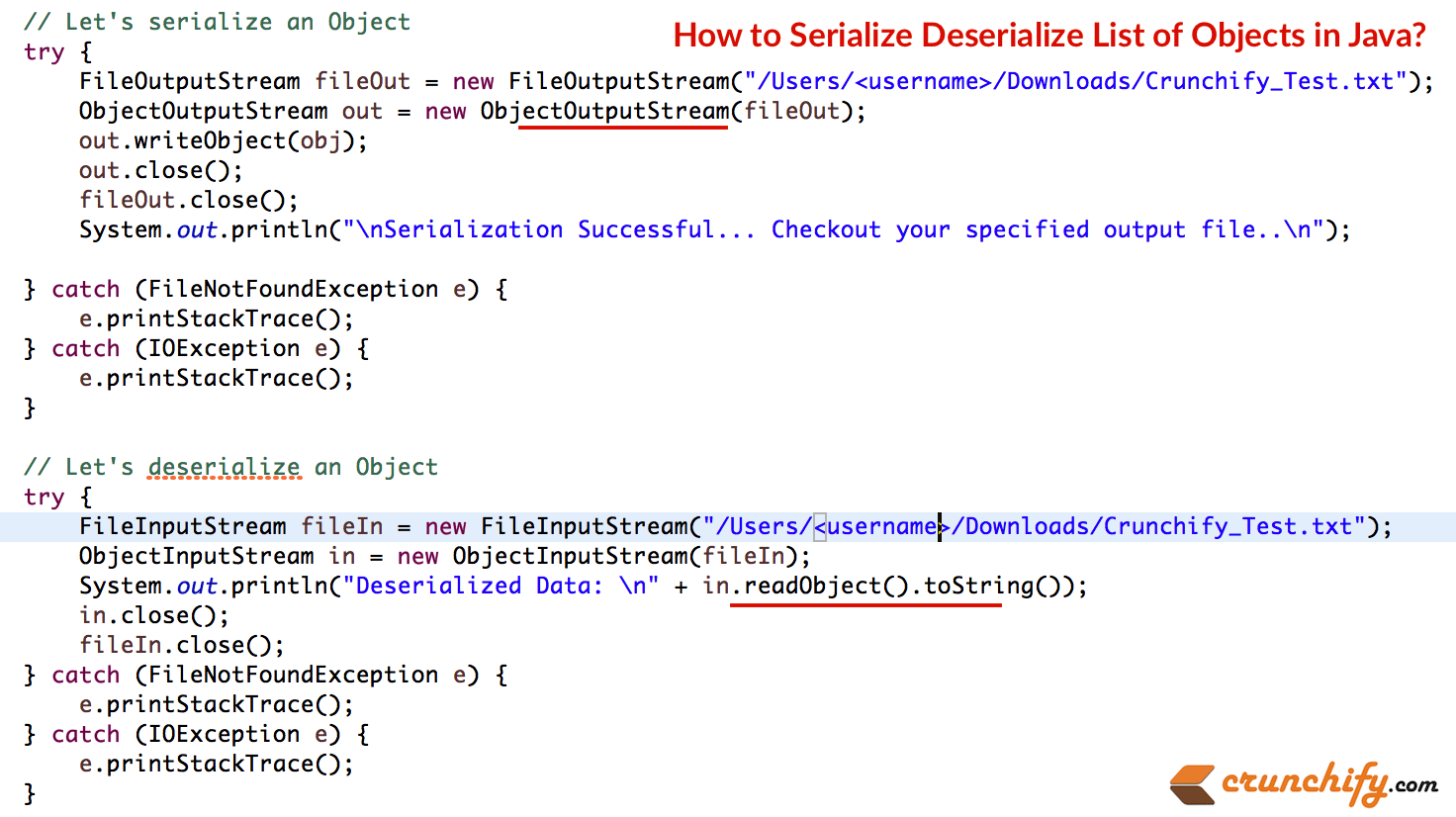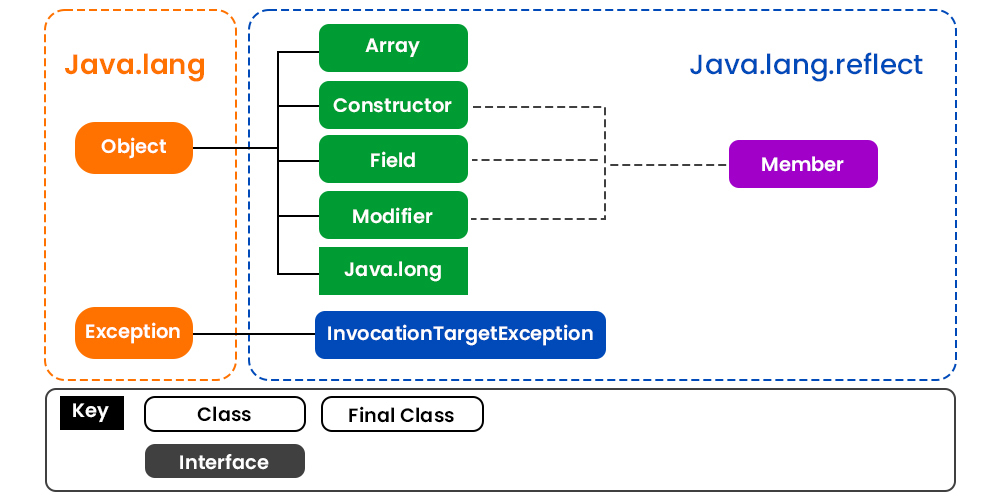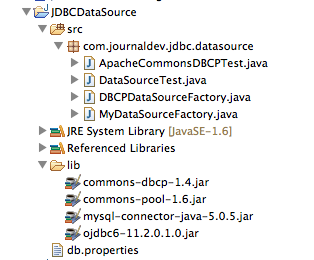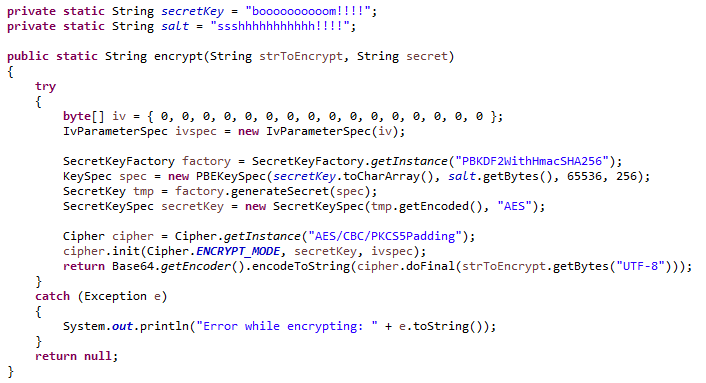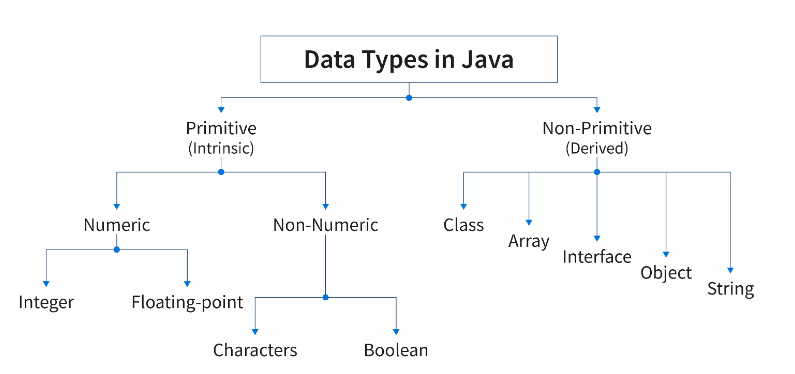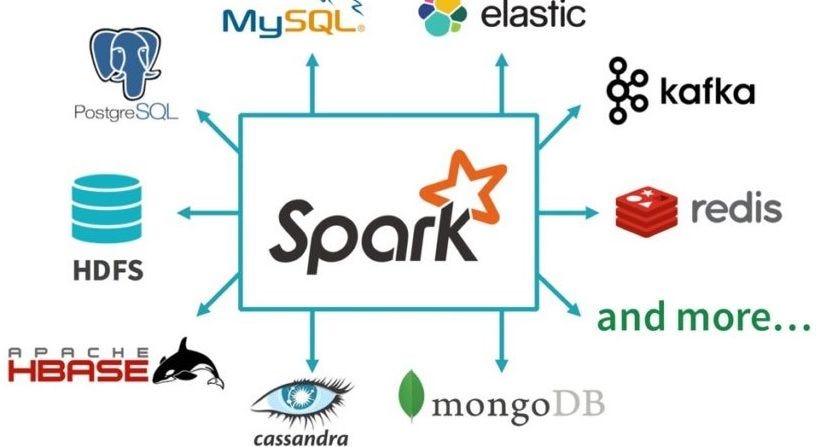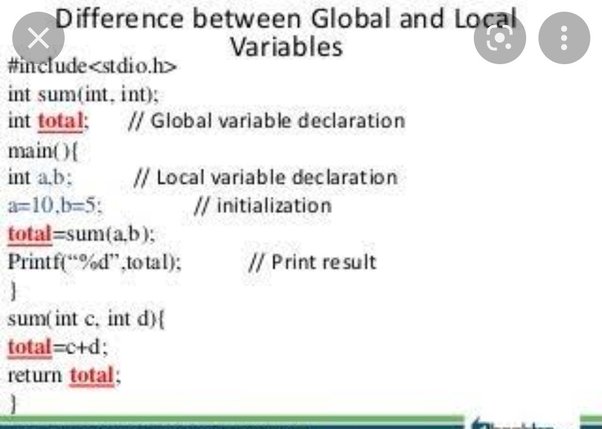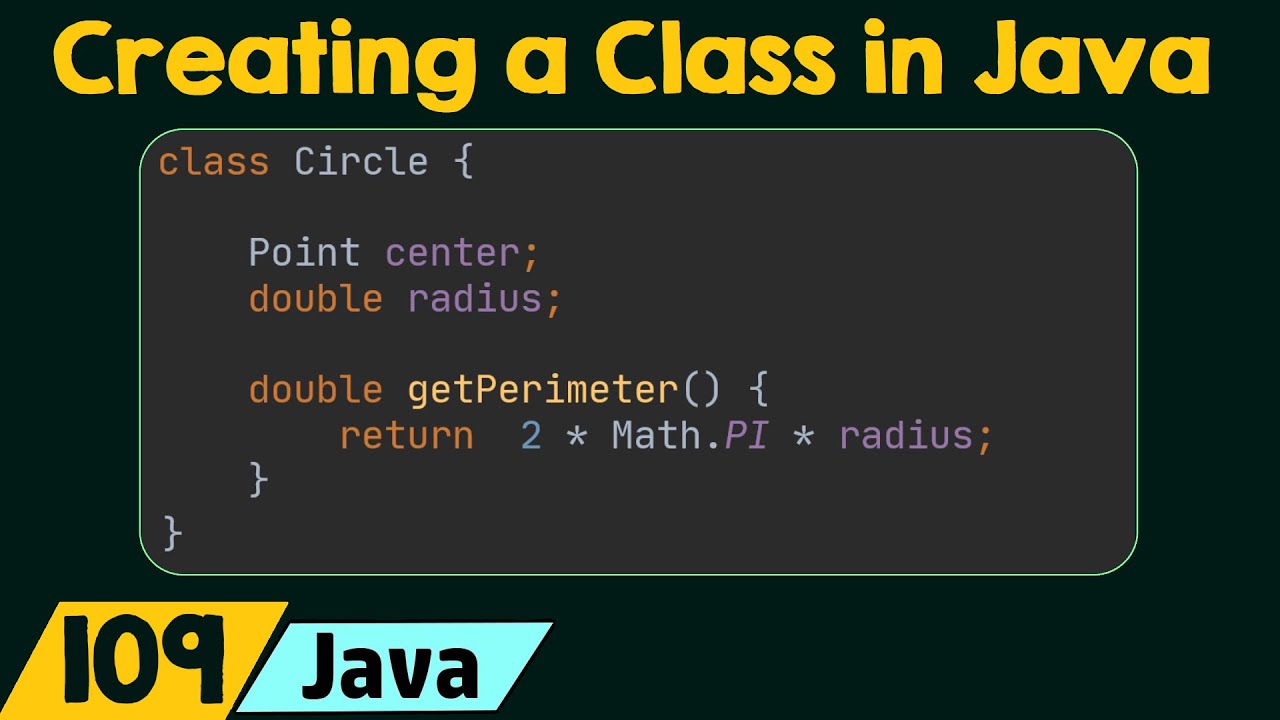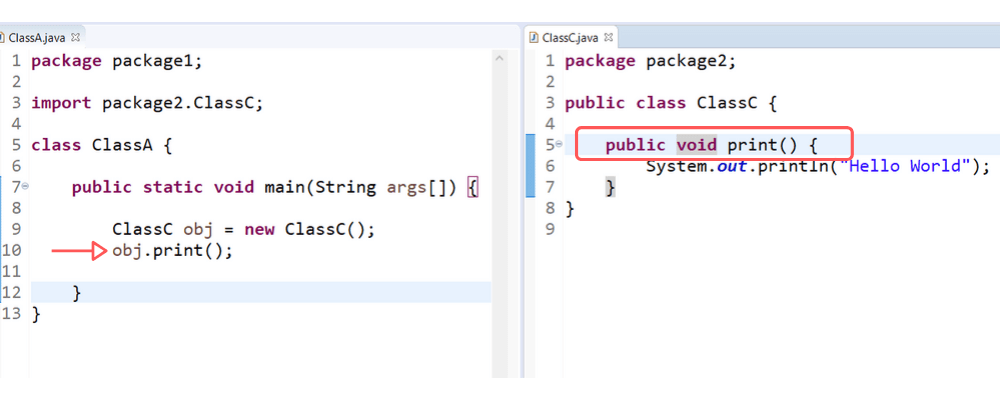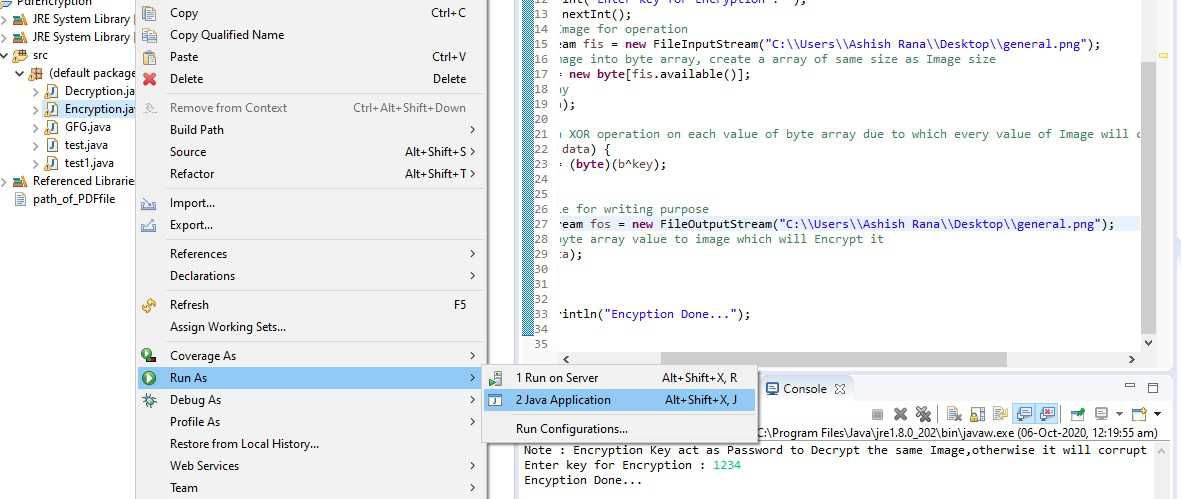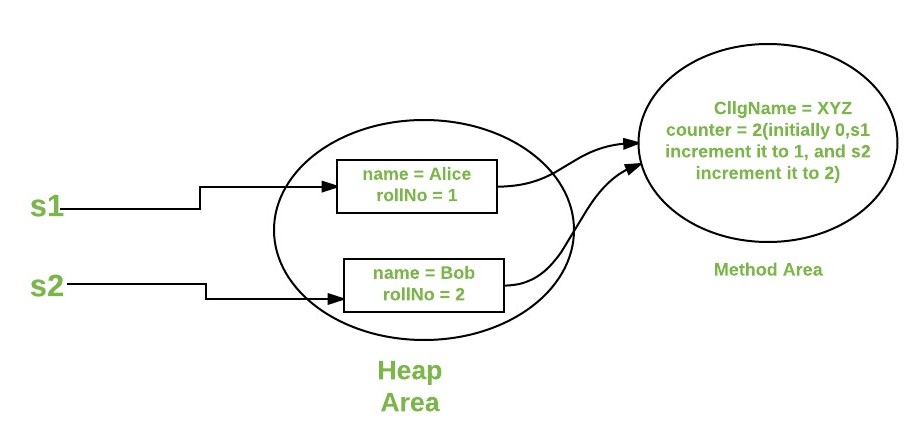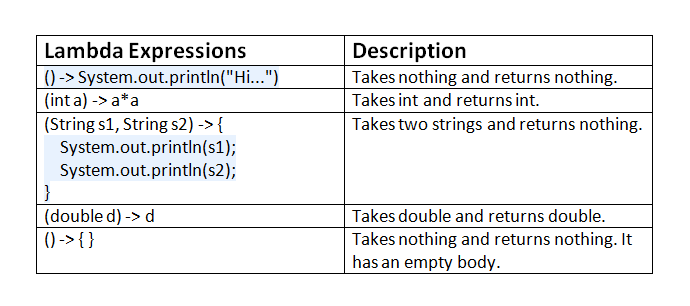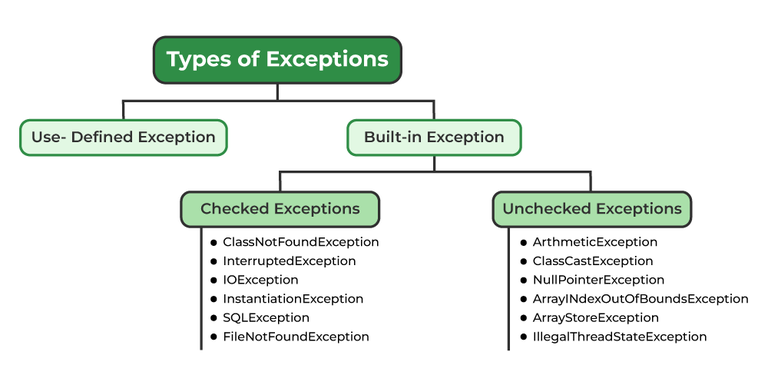What is the best Java client for Redis?
What is the best Java client for Redis?

The age-old question: which Java client is the best for interacting with Redis?
Before I dive into my answer, let me briefly introduce you to some of the most popular Java clients for Redis:
Jedis: Jedis is one of the oldest and most widely used Java clients for Redis. It provides a fluent API for executing Redis commands, as well as support for publishing messages, watching keys, and more. Jedis has been around since 2012 and has gained a reputation for being easy to use, stable, and well-maintained.Pros:
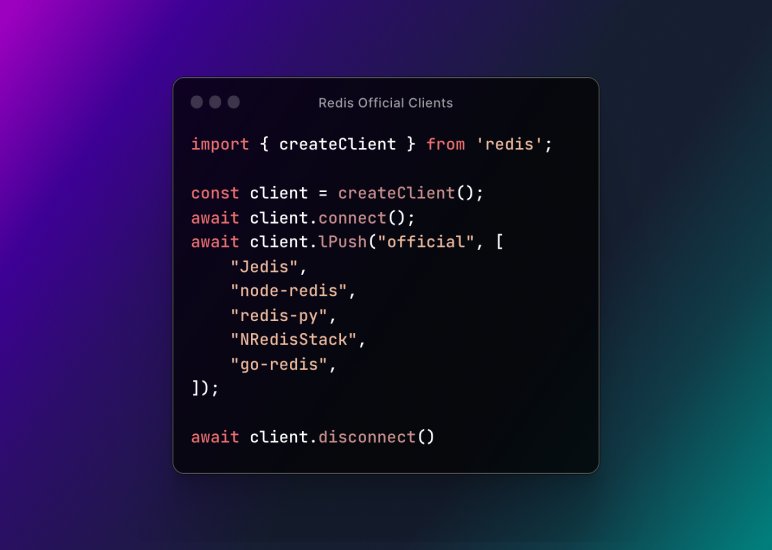
Cons:
Can be verbose when using the fluent API Not as actively maintained as some other clients (more on this later) lettuce: Lettuce is another popular Java client for Redis, known for its concise API and support for advanced Redis features like transactions, pipelines, and Lua scripting.Pros:
Concise API makes it easy to write readable code Supports advanced Redis features Well-maintained with regular updatesCons:
Steeper learning curve due to the more concise API May not be as suitable for beginners or simple use cases Hiredis: Hiredis is a Java client that leverages the hiredis C library under the hood, which means it provides a high-performance and low-latency connection to Redis.Pros:
Extremely fast and efficient due to the underlying C library Supports advanced Redis features like pipelines and transactionsCons:
Not as well-suited for beginners or simple use cases due to its low-level API May require more configuration and setup than other clientsSo, which one is the best? Well, it ultimately depends on your specific needs and preferences. If you're looking for ease of use and a comprehensive set of Redis commands, Jedis might be the way to go. However, if you need more advanced features or higher performance, Lettuce or Hiredis might be a better fit.
Here's a rough guideline based on your requirements:
Simple use cases or beginners: Jedis Advanced use cases or high-performance requirements: Lettuce or HiredisRemember that all of these clients are actively maintained and updated regularly, so you can't go wrong with any one of them!
Java redis example
Here's a Java Redis example:
Redis is an open-source in-memory data storage platform that can be used as a database, message broker, and data cache. It is written in C language, but it has Java clients available to connect to the Redis server.
To start using Redis with Java, you need to have the following libraries:
Jedis - This library provides a simple API for connecting to Redis, executing commands, and handling responses. Lettuce - This library provides a more advanced API for connecting to Redis, executing commands, and handling responses.Here's an example of using Jedis to connect to Redis and execute some basic commands:
import redis.clients.jedis.Jedis;import redis.clients.jedis.JedisPool;
import redis.clients.jedis.JedisPoolConfig;
public class RedisExample {
public static void main(String[] args) {
// Create a connection pool for Redis
JedisPool pool = new JedisPool(new JedisPoolConfig(), "localhost", 6379);
try (Jedis jedis = pool.getResource()) {
// Set a key-value pair in Redis
jedis.set("myKey", "Hello, World!");
// Get the value for the key
String value = jedis.get("myKey");
System.out.println(value);
} catch (Exception e) {
System.err.println("An error occurred: " + e.getMessage());
}
}
}
In this example, we create a connection pool to Redis using Jedis. We then use this connection to set and get values from the Redis database.
Here's an example of using Lettuce to connect to Redis and execute some basic commands:
import io.lettuce.core.RedisClientUri;import io.lettuce.core.RedisURI;
import io.lettuce.core.api.sync.RedisStringCommands;
public class RedisExample {
public static void main(String[] args) {
// Create a connection to Redis using Lettuce
RedisClientUri clientUri = new RedisClientUri("localhost", 6379);
try (RedisStringCommands commands = clientUri.connect().sync()) {
// Set a key-value pair in Redis
commands.set("myKey", "Hello, World!");
// Get the value for the key
String value = commands.get("myKey");
System.out.println(value);
} catch (Exception e) {
System.err.println("An error occurred: " + e.getMessage());
}
}
}
In this example, we create a connection to Redis using Lettuce and use this connection to set and get values from the Redis database.
Note that these are very basic examples. In a real-world application, you would want to handle errors more robustly and add additional logging and debugging.
